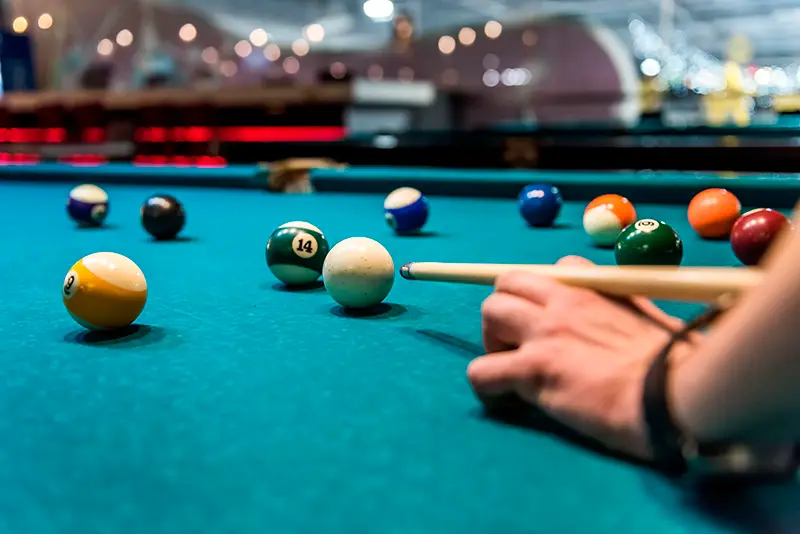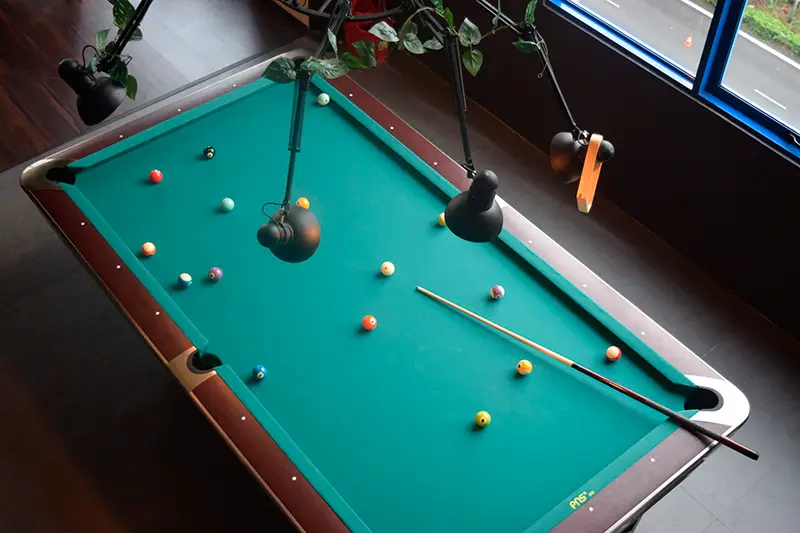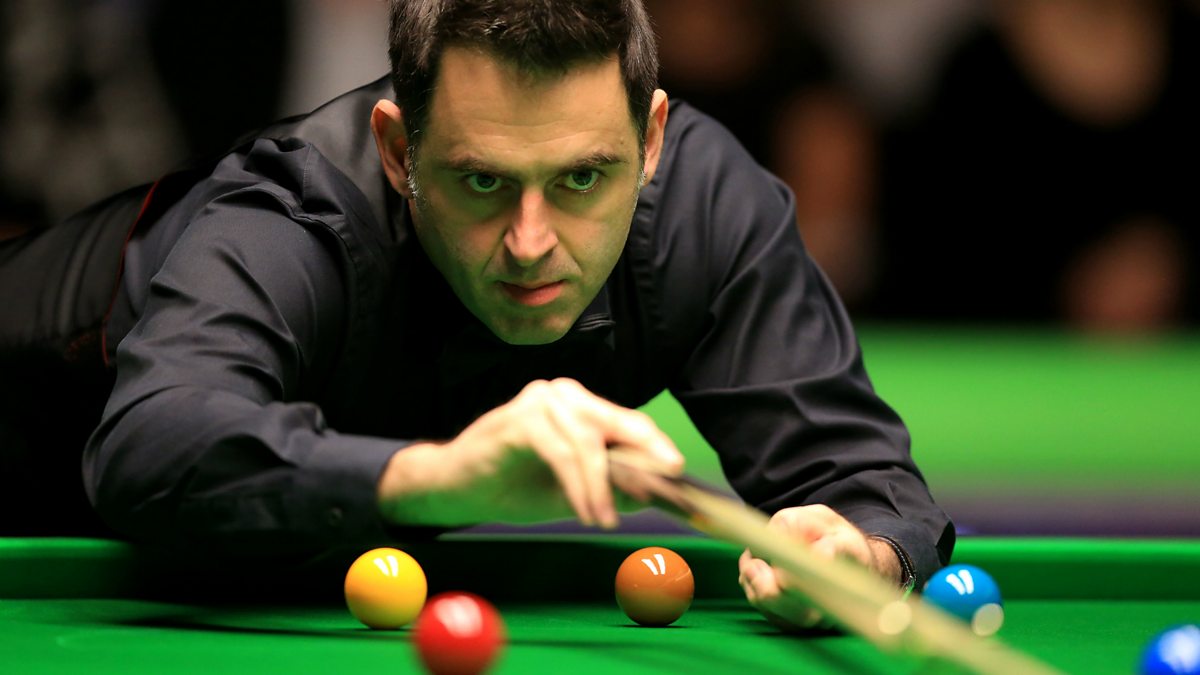Any victory in billiards begins not with a hit, but with silence inside. Confident thinking activates the accuracy of movements. An American study in 2022 showed: concentration increases the efficiency of ball kicking by 38%. Chaos of thoughts destabilises coordination, reducing the chances. A stable breathing rhythm before the game starts is a tool to calibrate attention. The secrets of playing billiards are based on technique and on the ability to restrain internal outbursts. Emphasis on calmness allows you to perform a series of strokes without disturbing the pace. Success comes from discipline and emotions under control.
Technique is not a myth, but an engineering of movements
Technical techniques in billiards start with a simple understanding of how the body works. Every movement here has a physical basis: angle, support, stability. It is in the details that control is born. Without a stable stance, an accurate shot is impossible – as well as a shot without a firm support.
Stance in billiards: balance as in shooting with support
Stability is the basis of marksmanship. The playing position at the table forms a solid platform for the swing. The foot position is parallel to the line of impact, with 60 per cent support on the lead leg and 40 per cent on the back leg. The knees are slightly bent and the back is deliberately relaxed for stability and comfort in the stance. Copying a pose from tournament photos gives only form, but not result. Customising the balance to suit your height, arm length and cue type works.
Cue grip: fingers are not pincers, but springs
The grip forms 70% of the stability of the swing. Too tight a grip will disrupt the line of impact. The optimal force is like holding a glass of water. Holding the cue correctly allows the hand to move freely along the line while maintaining control. Professionals use a light grip that allows the hand to glide at the end of the swing.
Swinging the cue: working by inertia rather than force
The swing of the cue before hitting the ball starts at the shoulder, continues with the elbow and ends with the hand. Energy is not a result of force, but a consequence of a precise trajectory. The length of the swing is 20-30 cm when playing American, up to 40 cm in the Russian version. Strictly horizontal movement without unnecessary deviations reduces the risk of error when the ball contacts the cue.
The secrets of playing billiards are often hidden in the mechanics. The correct stroke is not a “shove”, but a coordinated movement of the three links of the hand.
Carpal support and bridge in billiards: control starts from the bottom
The carpal support forms the stability of the lower part of the cue. In correct positioning the bridge in billiards is formed by the palm of the hand with spread fingers. The stop is strictly on the knuckles, not on the flesh of the palm. The fingers should fix the position of the cue in one plane. The distance from the ball to the stop is 7-10 cm for a standard shot.
Aiming: maths in motion
 Effective aiming requires calculating the point of contact between the bit and the object ball. A straight line is an illusion. Entry and exit angles work on a mirror principle. The best players visualise the trajectory as a trapezoidal projection: angle of impact, deflections and final position. The secrets of playing billiards include practice with limiters that help calibrate the eye to automaticity.
Effective aiming requires calculating the point of contact between the bit and the object ball. A straight line is an illusion. Entry and exit angles work on a mirror principle. The best players visualise the trajectory as a trapezoidal projection: angle of impact, deflections and final position. The secrets of playing billiards include practice with limiters that help calibrate the eye to automaticity.
Diamond system in billiards: the geometry of victory
This system in the game relies on precise calculations taking into account the numbering of divisions along the sides. A shot from 3 to 2 with an angle of 45 degrees, allows you to accurately reach the centre of the table. When practising this pattern, the player is able to use the table as a co-ordinate plane. Professionals apply the system to go to the next ball, controlling not only the shot, but also the bounce.
Secrets of the game of billiards, proven by time
Many subtleties of the game come only with experience. But there are basic principles that always work – regardless of level and format. They help you avoid gross mistakes and progress faster.

Practical advice for beginners:
- Practice each element separately: first the stance, then the grip, then the swing.
- Study the actions of the best players on video, dividing each stroke into 3-5 phases.
- Use practice balls with markings for visual control of rotation.
- Practise accurate play action at a distance of 30-50cm from the ball.
- Practise stopping the bat in a certain area – critical for positional play.
- Analyse lost games – identify recurring errors, record progress.
- Use the method of “25 series of 3 strokes” – to develop automaticity.
- Match the cue to the style of play: average weight – 580-600 g, length – about 147 cm.
Each of these points reflects not theory, but practice, tested by thousands of players. The secrets of billiards are hidden in regularity, discipline and deliberate practice.
Position play: chess on the green cloth
A competent position on the table decides not the current beat, but the next three. Professionals control the movement of the bat like a grandmaster controls the pieces – in advance. Aiming serves not only to hit, but also to bring the bit to the desired point. On contact with a trimmed ball, the bit bounces tangentially – the angle is half as small as it appears visually. The standard distance between the balls after a successful exit is no more than 20 cm.
The secrets of playing billiards in this block concentrate on the ability to keep control over the position. Playing action without a plan leads to chaos. Position control is the key to a series of 5-7 balls.
Angles, rhythm, calculation: shot architecture
The entry angle – exit angle system allows you to build the geometry of the game in advance. The calculation of direction, force and spin creates a ball contact that requires no guesswork. Angular projection allows you to control the trajectory even when bouncing off three or more boards. If calculated correctly, the ball reaches the target with an accuracy of 3 mm. In the WPA 2023 tournament, the champions used exactly this system for most of their shots.
The secrets of billiards game here go to the level of engineering. Not intuition, but formulas give stability. Example: a shot at a ball with a left spin bit at 25° of deflection changes the trajectory by 7°. This data is the result of experience, not guesswork.
Strategy: attack + defence = control
Billiards is not only about attack, but also about competent defence. Safes (strikes without scoring, but with positional advantage) allow you to keep the initiative. The player who uses safes at the right moment wins in the long run. Closing the bit with direct access to the object ball forces the opponent to play “on the board”. This reduces accuracy by 65%.

The secrets of playing billiards also lie in the ability to “not let you play”. The winner is not the one who hits harder, but the one who controls the rhythm and manages the space of the table. Early attacks without calculation often lead to loss.
How to play billiards: from amateur to master
Advancing through the level requires a systematic approach. Playing technique is developed through a training plan that includes repetition, analyses, and adjustments. Video analysis is used to improve results. For example, CueAction analyses the impact velocity, entry angle and spin of the ball.
The results generate statistics. Players at the Master of Sport level achieve a scoring accuracy of 85% at medium distance. At the same time, control over the bat is maintained 90% of the time. Such performance is only achieved through discipline. Training – not for the sake of quantity, but for the sake of awareness.
The secrets of playing billiards in this context are not only about victories, but also about the journey. In the process, the player accumulates experience that cannot be bought. The one who knows what he is doing wins, not the one who just aims.
Conclusion
 Frequent victories in the game of billiards are the result of precise work on body, attention and strategy. Mistakes are accumulated just like skills. Every shot is an investment in the next series. Victory does not come suddenly – it is born from calculation, practice and equanimity. The secrets of billiards are revealed only to those who go beyond casual contact with the ball and turn games into an architecture of solutions.
Frequent victories in the game of billiards are the result of precise work on body, attention and strategy. Mistakes are accumulated just like skills. Every shot is an investment in the next series. Victory does not come suddenly – it is born from calculation, practice and equanimity. The secrets of billiards are revealed only to those who go beyond casual contact with the ball and turn games into an architecture of solutions.
 en
en  ru
ru  de
de  ar
ar  es
es  nl
nl  hi
hi  fr
fr  it
it  pt
pt  el
el 


